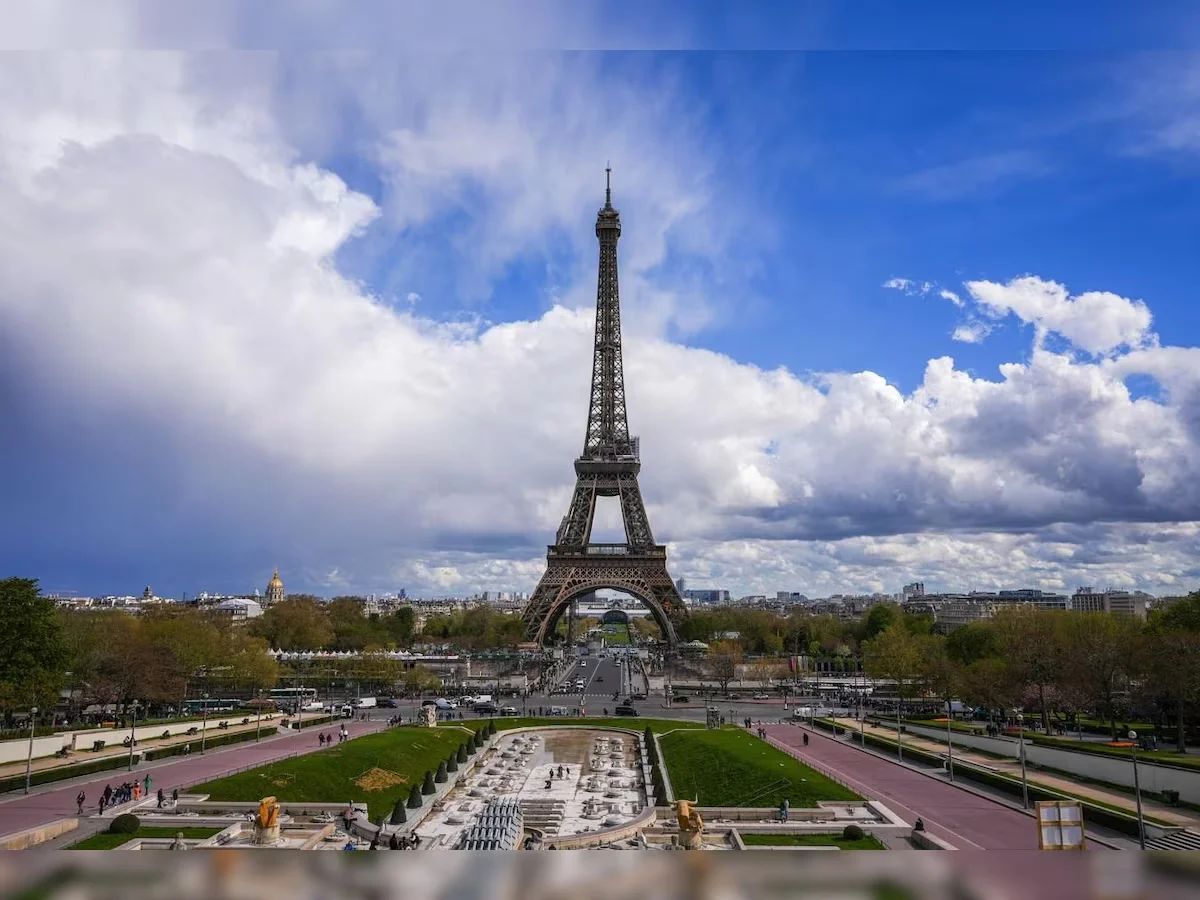Morocco is reeling from the aftermath of a powerful 6.8 magnitude earthquake that struck the southwest region of Marrakech and its surrounding areas. As rescue and recovery efforts are underway, France has expressed solidarity by dimming the iconic Eiffel Tower at 11 pm on Saturday, according to a statement from Paris City Hall cited by AFP.
The earthquake, which occurred late on Friday night, had a profound impact on Morocco’s High Atlas mountains, causing significant damage to historic buildings in the city of Marrakech, the nearest urban center to the epicenter. However, the most severe devastation unfolded in the mountainous regions nearby.
On Saturday, Moroccan authorities released official estimates, indicating that the earthquake had claimed the lives of at least 2,012 people, with an additional 2,059 individuals injured. Among the injured, 1,220 were reported to be in critical condition, underscoring the extent of the disaster.
The United States Geological Survey (USGS) reported that the epicenter of the earthquake was situated approximately 72 kilometers (45 miles) southwest of Marrakech, where the tremors were most acutely felt.
In the village of Amizmiz, located near the epicenter, rescue workers worked tirelessly, sifting through the rubble with their bare hands in a race against time to locate survivors. Heart-wrenching accounts of loss emerged from this area, with one resident, Mohamed Azaw, recounting his desperate attempts to save his neighbors, tragically discovering that no one in their family had survived the catastrophe.
Efforts in Amizmiz were bolstered by approximately 20 individuals, including firefighters and soldiers, who coordinated their rescue operations to remove debris and search for any signs of life within the wreckage.
Security camera footage from Marrakech documented the terrifying moment when the ground began to tremble. People in the streets reacted with shock and fear, seeking refuge as buildings crumbled around them.
The earthquake had severe consequences in Marrakech, leading to the collapse of several buildings, including a UNESCO World Heritage site. Additionally, internet connectivity was disrupted in the city due to widespread power outages, as reported by internet monitoring service NetBlocks.
The USGS noted that the population in this region often resides in structures highly vulnerable to earthquake shaking, exacerbating the impact of such seismic events. Morocco, situated between the African and Eurasian tectonic plates, frequently experiences earthquakes, particularly in its northern regions.
As Morocco grapples with the aftermath of this devastating earthquake, international support and solidarity continue to pour in, with France’s symbolic gesture honoring the victims, a poignant reminder of the global community’s shared concern in times of crisis.




